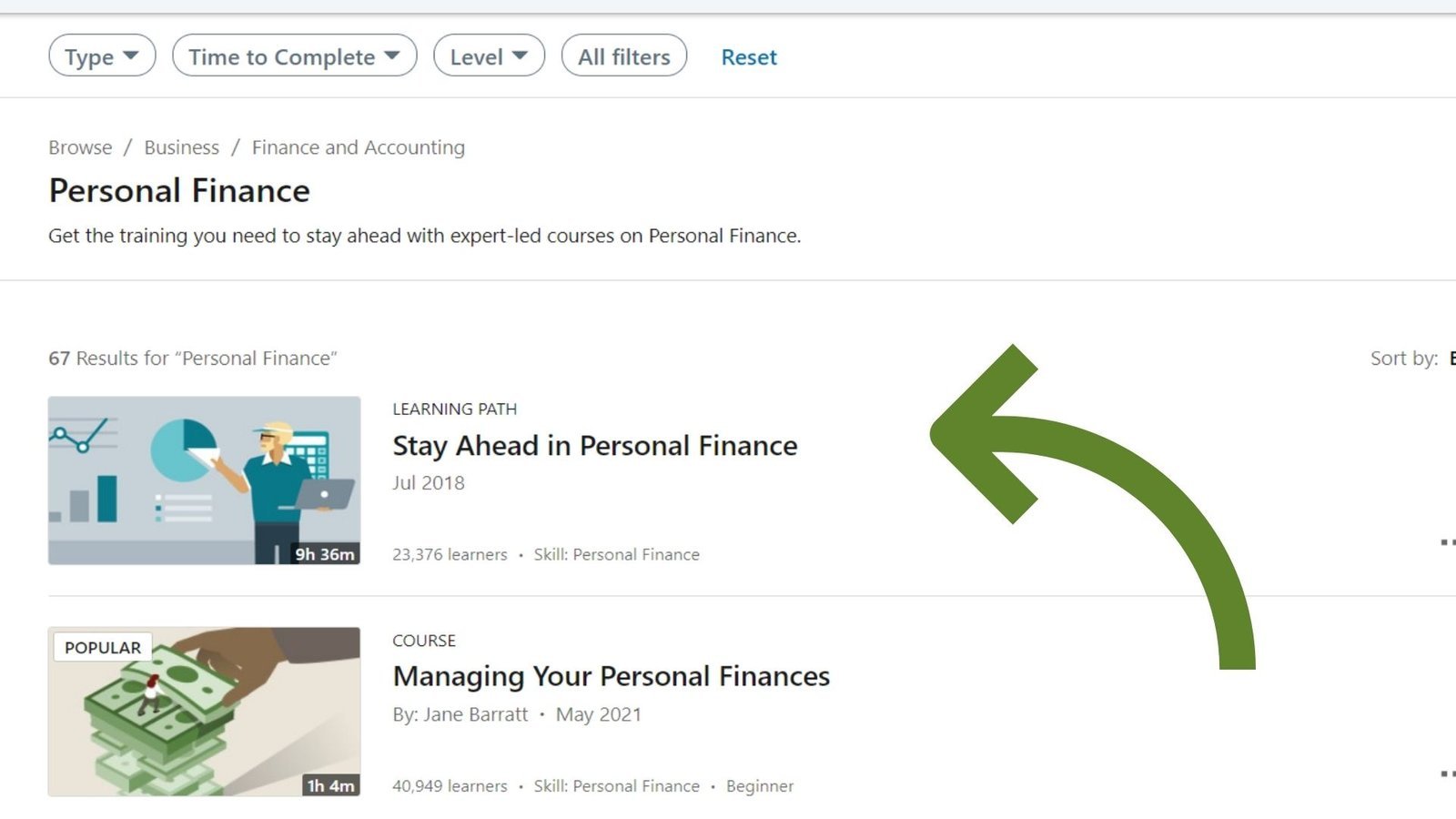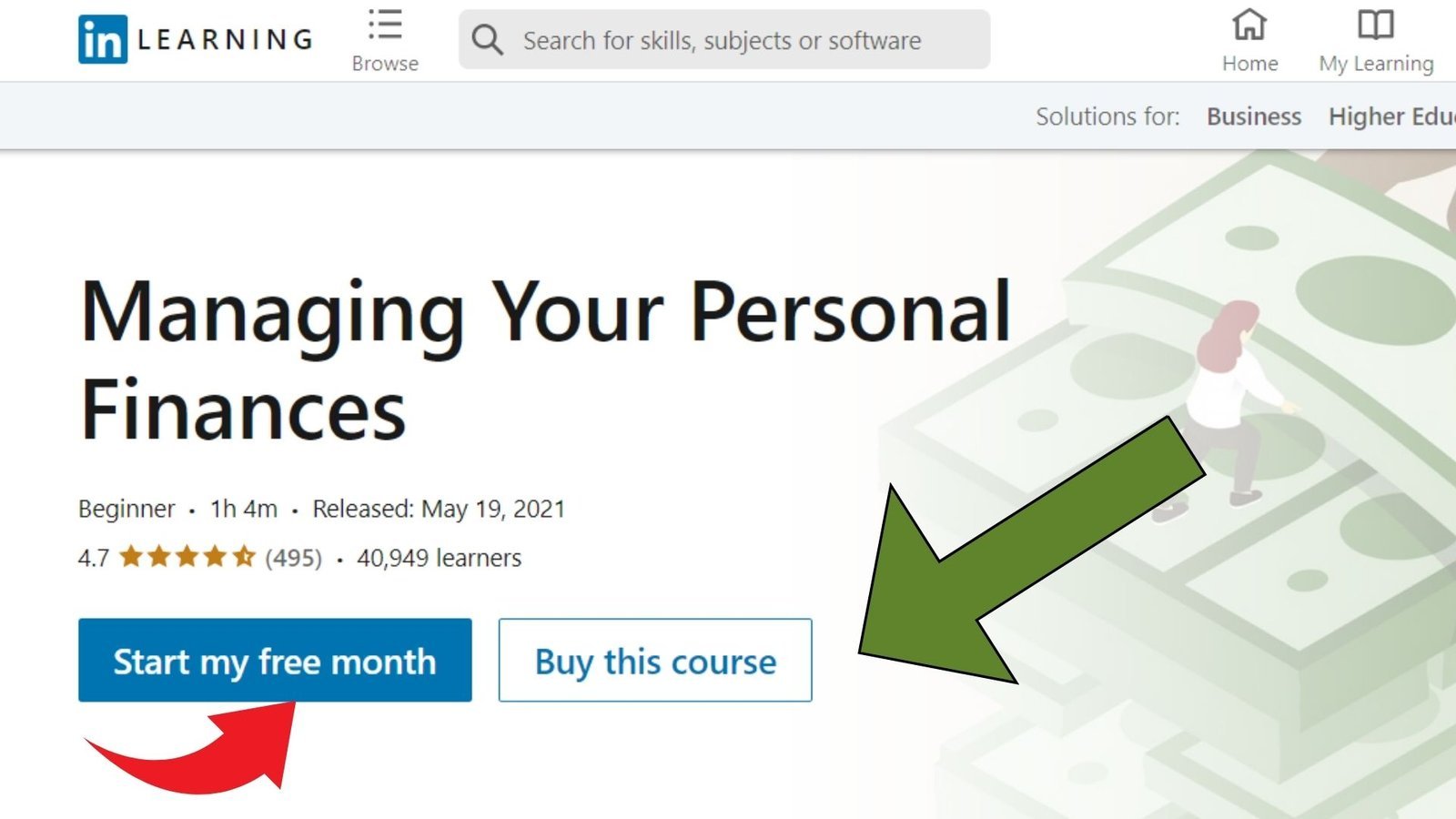The Barefoot Investor by Scott Pape teaches you how to manage your finances easily like a pro using the bucket strategy and live a decent lifestyle without starving yourself.
The Barefoot Investor Summary
Are you tired of following boring financial advice on YouTube?
Do you feel that managing your finances is hard?
If yes, you are in the right place.
This book summary will share the best lessons to help you manage your money effortlessly.
Alright, so without further ado, let’s dive right in!
Best Tools for Bibliophiles
- Listen to your Favorite Books on The Go: Try Audible and Get Up To 2 Free Audiobooks | Get 3 Free Audiobooks
- Read over 2 million e-books on any device: Sign up for 30 days free trial of Kindle Unlimited and read your favorite titles.
- Get free 2-day shipping of your favorite books and stream premium TV shows on Amazon Prime: Sign up for 30 days free trial of Amazon Prime.
- I use Notion to take reading notes, plan everything, and run all my businesses. (Notion is my Second Brain 🤯): Get Notion for free for personal use (paid for teams/businesses)
Lesson #1: Keep a separate bank account that isn’t easily accessible.
Most people have only one account that they use for their daily transactions and savings.
The problem here is that when you keep your daily expenses and savings in the same place, you tend to burn your money faster.
Our desires always urge us to buy more than needed.
So we say, “I can afford this appealing product right now. I’ll save next month.”
Fortunately, there is a permanent solution for this. And the best part is that it doesn’t require much thinking.
Open a different account.
And separate your daily expenses from your savings.
As soon as you get your salary, transfer a fixed percentage to that new account.
This will help you save money.
Keep in mind that not all bank accounts are the same. They involve hidden extra fees.
You would definitely want to avoid that.
The author recommends that you do proper research before opening your account in any bank. Don’t feel shy about asking stupid questions.
Ask your bank’s customer care about all the fees they deduct and ensure that you get the highest possible returns.
Nobody has become rich by burning more money than earned, right?
Saving is a crucial factor in determining how fast you’ll get wealthy.
Also, when you have enough money in your savings account, you get the safety and freedom to play with money. And thus, take more risks to grow your money.
It’s better if both your saving and daily expense accounts are not linked. Otherwise, there is no point in opening a different account.
Keep in mind that you don’t open too many accounts either.
They use a lot of energy and time to track.
Lesson #2: Only buy insurance for those things that might actually impact your finances.
Insurance can be convenient if you suddenly get an emergency.
Anything might happen:
What if your house catches fire?
What if you lose your job?
What if some disaster occurs without warning?
What if you get a critical illness?
Look, I’m not trying to scare you here or make you uncomfortable.
But life is full of surprises. And nobody knows what might happen for sure.
So you need a system to make sure that if something disastrous happens in your life, you can handle it.
Financial planning helps you mitigate any risks.
Plus, if you have kids, you can ensure that they don’t suffer.
Although insurances are essential, you don’t need a lot of them.
Most insurances require you to pay premiums.
So if you have too many, you will be running on a hamster wheel.
You don’t need to be one of those who take insurance for their appealing body parts. For example, Jeniffer Lopez has a $27 million insurance policy on her butt.

Interesting.😉
But anyway, you don’t need to go to such extremes.
Avoid buying unnecessary insurance policies. Otherwise, they will backfire.
An effective insurance policy will help your family survive financially.
Lesson #3: Don’t fill your home with garbage.
The author shares his concern about how Australians produce a lot of garbage, second only to the United States.
Do you know why this happens?
It happens because we buy unnecessary stuff, thinking that it will add value to our lives.
But over time, we find out that it wasn’t as necessary.
We buy many things out of our impulsive behavior, which eventually gets added to junk.
If you can avoid buying useless stuff, you can save a lot of money in your Mojo (Savings) account.
Here is a cool trick to find out if something is worth buying or not.
Hold your horses for a minute whenever you feel the need to buy anything. Wait for at least 30 days.
If, after 30 days, that desire fades away, it probably means that you didn’t need it. You just wanted it, which are two different things, by the way.
And if after 30 days period, you still need it badly, then buy it. It might be necessary.
We often underestimate the importance of valuable things and overestimate the value of useless things.
For instance, many people gaze their eyes at every new smartphone when their old one works just fine.
They fool themselves by giving excuses like, “This new extra feature will make me more productive.” But in reality, all they wanted was to have the feeling of having a new smartphone.
It might sound stupid, but we all make silly choices out of our impulses in our everyday lives.
And that’s not it. We ignore things that matter.
For example: A lot of people don’t invest in books, courses, coaching, etc., which might add real value to their lives and help them grow.
The author sarcastically says that it’s far better to buy a high-quality pillow and underwear. They are far more important than other things.
So the key takeaway here is:
Buy only meaningful things.
If you feel the urge to buy a specific thing and it doesn’t make any sense, say to yourself that you will buy it after a few days.
And you will probably forget about it if it’s not necessary.
After all, a cleaner home looks much better than one packed with useless items, right?
Lesson #4: Divide your total income into 3 buckets: Grow, Blow, And Mojo. And manage your money smartly.
You are probably wondering, “Where did these buckets come from? And how they will help me manage my money.”
Allow me to explain.
You have to divide your income into 3 parts:
- Blow: These are your daily expenses or small random purchases that reduce your money.
- Mojo: These are the savings that give you financial stability and freedom.
- Grow: This includes the wealth that you grow in the long term.
This might look simple and stupid.
But the author claims that he has helped thousands of people through this bucket strategy.
As soon as you get your first paycheck, put aside about 20 percent of your money into Mojo.
The key here is to live off 50-60 percent of your income most of the time. And the rest goes into savings, which you can use in case of an emergency or grow your wealth in the long term.
This might look a bit extreme.
But you probably don’t need to live off your 100 percent income if you live in a developed country. You can put aside a tiny percentage and use it to grow your wealth. And at the same time, keep yourself sane.
Lesson #5: Credit cards are made to rip you off and are detrimental to your self-confidence.
Ever thought about why credit cards look so appealing?
That’s because they come with a lot of rewards and convenience.
You can use them to purchase anything even when you don’t have any money, right?
But have you ever wondered why banks are so eager to give you those?
That’s because they want to make more money out of you.
The author says that credit cards have “the compound effect” in reverse. The more you use them, the more you pay over the years.
If you miss any payment on the credit card, banks charge a hefty interest that can give a massive blow to your savings.
And remember? Savings give you safety and freedom.
Also, if you need a credit card badly, it probably means that you don’t have enough savings.
If you are a person who doesn’t have enough self-control while shopping, you will end up buying more objects than necessary.
The attractive offers and discounts will ensure that you buy more than your capacity.
As a result, the credit card balance to be paid will mount up like crazy.
Things get more complicated when you have a family to feed and take care of.
The author doesn’t like credit cards and even compares them with dogs. Like dogs, they can bite you at any time. (Sorry, dog lovers, this is just an example.)
If you think about it, many of us get our first credit card when we are young. There is a lot of marketing done by companies to make sure you get one.
It’s only natural to mess up your financial stability when you have a few credit cards in your pocket.
Eventually, when things go out of control, you lose your self-confidence.
You doubt yourself, feel bad at managing money, and think that you will never become wealthy.
There is a considerable risk of getting debt-ridden if you are not financially literate.
The idea here is not to spread hate against credit card issuing companies. If you know how to use them smartly, you can definitely get one.
But if you are an ordinary person like me, you are probably better without one.
You might feel like you are missing out on that particular sale. But hold yourself and think if you really need to buy that thing.
I believe that if one doesn’t have enough money to buy something, it’s better to drop the plan of buying instead of raising credit card debts.
For example, if you want to buy your home, you can either take a loan or save money first.
Often people make the mistake of not saving enough money and buying the entire thing through their loan. And then regret it when it comes the time to pay it back.
It doesn’t take long when that big dream turns into never-ending torture.
Lesson #6: Grow your income by starting a side business or freelance work.
In every book you read about Finance, you will find a discussion about saving your latte.
It might be a great strategy on paper.
But for some people, it might not work well.
If you find a hard time saving your latte, try to double or triple your earnings.
Build other sources of income.
For example: You can start a side hustle and build your own online business.
You can start your YouTube channel.
Or, if that isn’t your thing, you can also provide services as a freelancer and get paid for it.
It always helps if you build multiple sources of income.
The extra income will help you grow your savings faster and allow you to take more risks.
In short, if you have enough sources of income, and you are doing essential savings and not expending more than your capacity, you will never run out of money.
Almost all wealthy people have a business.
Just think about this.
Mark has Facebook. Jeff has got Amazon.
Elon has Tesla, SpaceX, The Boring Company, Neuralink, and Twitter.
Bill Gates got Microsoft.
Larry Page got rich with Google.
This article by Forbes also suggests that most rich people build their wealth as entrepreneurs.
If you don’t have a business, no problem.
You can also buy shares of a business and proudly say that you own a small part of that business.
If you don’t want to mess with details, you can buy an index fund that provides you diversification with just one purchase.
As the investment is diversified, there are lower risks.
Even Warren Buffet recommends that index funds are best for long-term investors.
I have discussed this concept in detail in the book summary of Millionaire Teacher.
The best part is that you pay fewer fees, and also, you don’t have to actively monitor it like a maniac.
Remember, you had to create three buckets (Mojo, Grow, And Blow).
Here, you use your money from Grow bucket.
Usually, these types of investments are long-term investments. This means that you need to be patient for a few years to see your money double.
For instance, if you get, let’s say, around a 10 percent annual return on your investment, it’ll take about 7-8 years to double your money.
By investing in index funds, you’ll ensure that your money doesn’t reduce in value.
That’s because if you don’t invest your money, and let’s say the inflation rate is 6 percent, your money will lose half of its value in 12 years.
Note: I did these rough calculations using the famous Rule of 72. (Learn more about it here)
Lesson #8: Don’t spoil your kids with money. Instead, give them proper financial education through pocket money.
Even if you don’t have kids, you should read this.
Most kids learn about finance by observing their parents, friends, or relatives.
This is still better than nothing, right?
Well, not really.
The problem is:
Most financial education these days come in the form of brainwashing.
The author found that many greedy schools get a commission for opening bank accounts with the associated companies.
No doubt, we never learn how to use money wisely and buy stupid schemes.
The best way to teach kids, according to the author, is to teach them accountability.
Parents should give little pocket money to their kids and ask them to learn wise spending habits.
It’s necessary these days for kids to learn how to save money and use it wisely.
Often wealthy parents shower their money on their kids and think that they are helping them live a better life.
But in the long term, that kid never learns even basic finance rules.
Consequently, he makes stupid money decisions when he turns into an adult.
If parents won’t teach proper financial lessons to their kids, there is no limit to how much brainwashing will be done to their kids.
So if you are still young, try to see the world around you. And look at the billboard advertising on the high-traffic streets.
You will notice that every brand is trying to brainwash you in one way or the other.
Lesson #9: It’s okay to ask dumb questions instead of being stupid.
Let’s be honest. All this finance jargon may be too much at times.
Especially if you don’t like technical details.
In that case, a financial advisor may help you.
But again, the problem here is that it’s hard to find a good one.
Most of them want to make as much money as possible by selling you shiny schemes. I’m not saying they are bad people. It’s simply a part of their job to sell people schemes.
Now your duty here is to ask as many questions as possible.
The author says that one must never feel shy to ask dumb questions like:
“What if I don’t pay that installment?”
“How much return am I getting overall?”
“How long will this take?”
“Why shouldn’t I choose the other company?”
“What about the special offer?”
You would want to make sure that you are in total control of your money.
The advantage of asking dumb questions is that you always get to learn something new.
That’s because many people don’t ask dumb questions. They worry about their image. They don’t want to look like an idiot.
Look, there is nothing wrong with asking questions.
No matter how stupid they are, asking questions enables you to learn more.
To your advisor, those questions might sound so obvious. But you are new to all this, and you deserve to be educated.
After all, you are the one investing, not your advisor.
This is also a sign of an excellent financial advisor. If your advisor is hiding minor details, it probably means that he is not acting in your best interest.
Lesson #10: Ask yourself, “How much money do I really need?”
The author suggests that you set a retirement number.
Something like $350000.
He says that one probably doesn’t need 1 million dollars after retirement if he doesn’t have any debt.
Our retirement days aren’t very demanding other than medical emergencies.
You will have a pension and a couple of assets by that age, making you enough money to live a decent lifestyle.
You have to decide how much money you will need in your account as it depends on many factors like the country you live in, the lifestyle you want to have, how big your desires are, etc.
It’s your life. So I won’t guide you in that area.
The key lesson here is that instead of blindly chasing a significant number like “1 million dollars,” you should calculate how much money you need.
I recommend you read the book summaries of Die With Zero and How Much Is Enough? to find answers to these questions.
If you are young, you might feel that you need a lot of money after your retirement, but if you live a modest life like me, you probably won’t need that much.
Want to learn more financial Lessons?
Try Linkedin Learning Premium.

What is Linkedin Learning Premium?
Linkedin Learning (previously Lynda) provides you with 16000 plus courses on diverse topics, which are taught by real-world professionals.
You also get a lot of courses on personal finance for all levels.
It doesn’t matter whether you are a beginner or a Pro in personal finance, Linkedin has got you covered.
Who is Linkedin Learning for?
It’s made for professionals who want to consume courses on various topics and upgrade their skills. And thus grow professionally.
Anybody can use this to grow their career by learning new in-demand skills.
Is there any free trial?

Yes, Linkedin Premium gives you a 30-day free trial so that you can test everything out and see if it works for you or not.
There is no risk here.
If you don’t enjoy the courses, simply cancel before the trial ends.
The best part is that you can also buy individual courses.
So what are you waiting for?
The Barefoot Investor Review
Most ideas discussed in the book are basic.
If you pick any other finance book, you will find similar ideas as it covers finance fundamentals.
The only thing that I didn’t like about this book is that it’s only written for Australian people. It’d be better if this book was written for all countries.
Some tips discussed by the author didn’t apply to my country.
If you are an Australian, go for it. You will find simple lessons.
But I don’t recommend this book if you don’t live in Australia.
Overall, the book delivers decent value.
My Personal Book Rating: 6/10
People Who Like This book Also Like
[amazon box=”1119356296,1774580756,0143115766,1533667926,0525538690″ template=”table”]
FAQs about The Barefoot Investor by Scott Pape
Is it worth reading the barefoot investor?
Yes, it’s worth reading if you are a beginner in Finance and live in Australia.
Why is it called the Barefoot Investor?
It’s called so because this book is made for beginners who want to learn about investing and growing wealth in the long term.
What are the buckets in Barefoot Investor?
There are three buckets in The Barefoot Investor: Blow, Grow, And Mojo.
How long does it take to read barefoot investor?
Reading The Barefoot Investor takes around 5-6 hours if you read every page. But if you skim over and read only the key ideas, it’ll take less than 2 hours.
How much should I have in my Mojo account?
Your Mojo account is your emergency savings account. You should have at least 5-6 months of savings in that.
Is the Barefoot Investor good advice?
Yes, it’s good advice because it is based on fundamental principles that one should keep in mind to grow their wealth in the long term.
Where to Get The Barefoot Investor?
You can get the book here: Check the price on Amazon.
Now You Tell Me
There you have it.
I hope you got a lot of financial lessons from this book summary.
Now you tell me:
What strategies do you use to manage your money?
Let me know in the comments below.
If you enjoy consuming book summaries, subscribe to my free weekly bookish email newsletter and YouTube channel.
Want to consume more insightful, power-packed content like this in the future?
Subscribe to the weekly email newsletter.
Subscribe to YouTube channel for animated video books.
Try Amazon’s Audible 30-days Free Trial and Get 2 Audiobooks for free.
